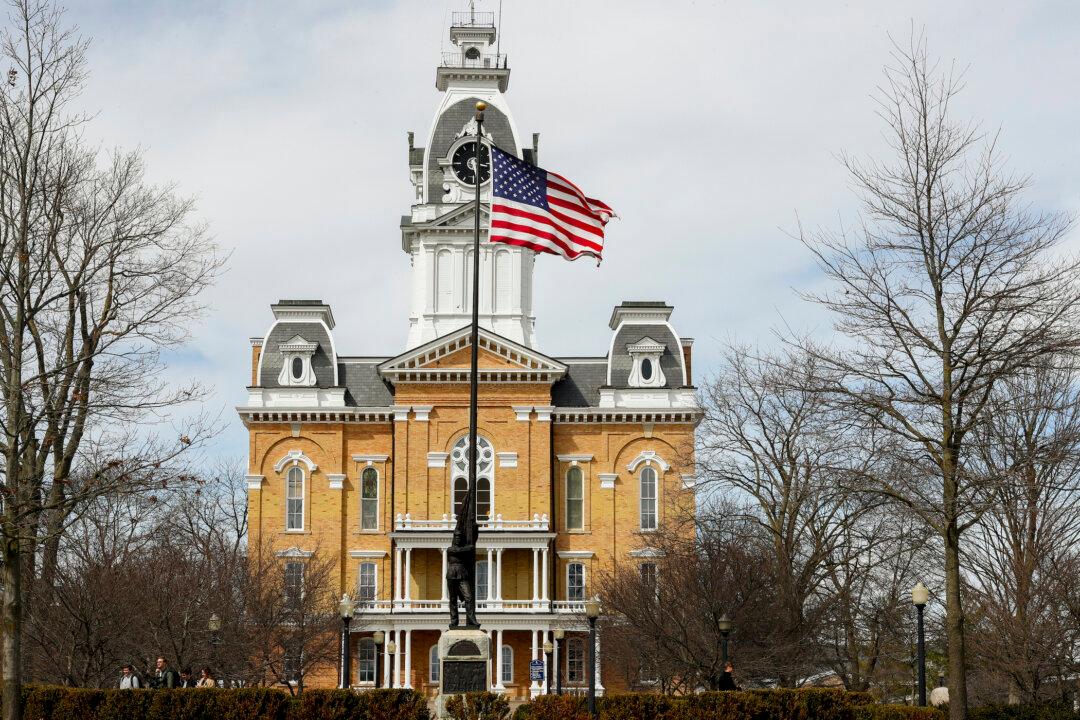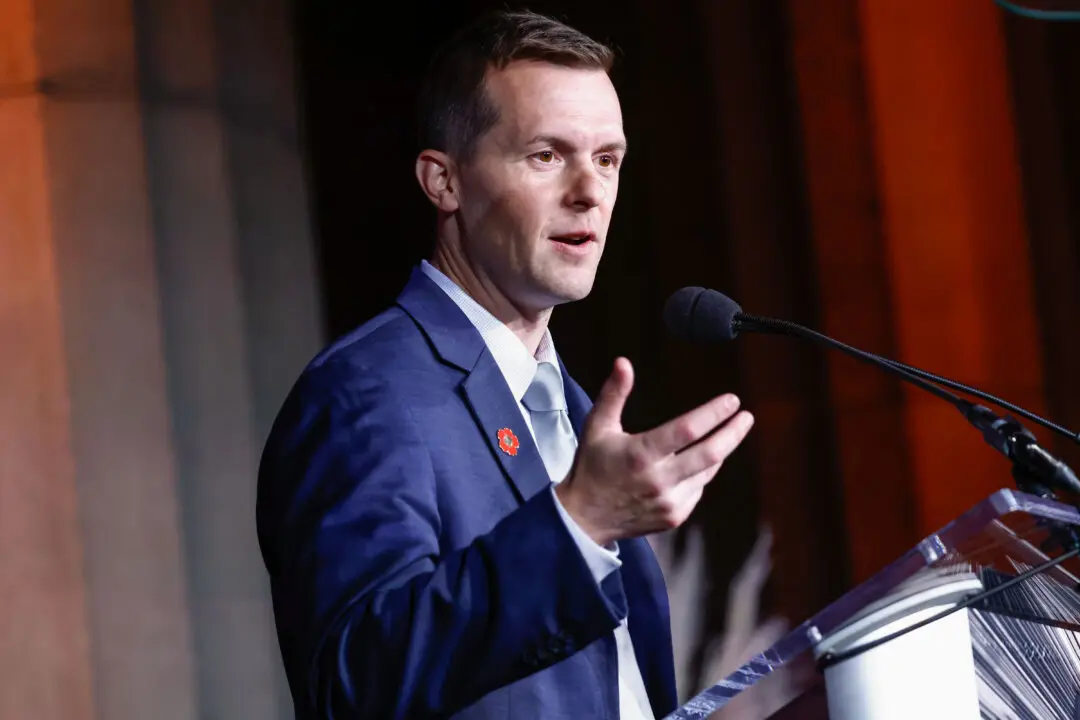With the Russia-Ukraine war still raging, physicist and cosmologist Max Tegmark has estimated the odds of global nuclear war in the near future at one in six, in an article and a social media post that went viral.
SpaceX founder Elon Musk is among those who share Tegmark’s concerns.
“Nuclear war probability is rising rapidly,” Musk wrote in response to the Tweet from Tegmark linking to his blog post. Tegmark had praised Musk for “urging de-escalation.”
Thanks in part to Musk’s attention, Tegmark’s Tweet went viral. It has been shared nearly 34,000 times on Twitter alone.

Musk, who has used his Starlink satellites to assist Ukraine following Russia’s invasion, has been criticized by Ukrainian President Volodymyr Zelenskyy, Sen. Lindsay Graham (R-S.C.), and others for urging the pro-Ukraine West to pursue a peaceful resolution to the conflict, with concessions to both Ukraine and Russia.
In a Tweet responding to Musk’s recommendations, Zelenskyy adviser and psychological warfare expert Oleksiy Arestovych posted a doctored, clearly satirical, image of the tech titan in handcuffs.
In the last few days, Russian President Vladimir Putin has blamed Ukraine for an Oct. 8 explosion that destroyed part of the Kerch Bridge, a key supply line between Russia and Crimea.
Russia responded on Oct. 10 by hitting cities across Ukraine with cruise missiles. A Russian cyberattack targeted airports across the United States on the same day.
“The Crimea bridge attack and predictable subsequent escalation happened after I'd done my original analysis,” Tegmark told The Epoch Times in an Oct. 10 email.

Meanwhile, and despite opposition from some lawmakers, the United States’ moral and financial support for Ukraine has not openly flagged. Congress’s latest stopgap spending bill includes more than $12 billion in aid to Ukraine.
President Joe Biden said on Oct. 6 that the risk of “nuclear Armageddon” is at its highest level since 1962, during the Cuban missile crisis.

In his viral analysis, Tegmark argues there is a 30 percent chance Russia will deploy nuclear weapons against Ukraine. In that scenario, he expects there is an 80 percent chance of a non-nuclear counterstrike by NATO against Russia. If that occurs, he thinks there is a 70 percent chance of a Russian counterstrike, leading to further escalation and global nuclear war.
“My 70 percent estimate factors in that the long history of nuclear near misses has convinced me that both the U.S. and Russia are much less competent in de-escalation than in escalation,” he wrote in the blog post.
Seventy percent of 80 percent of 30 percent can be calculated as 30 percent times 80 percent times 70 percent (0.3 times 0.8 times 0.7). The resulting probability is a little under 17 percent, or one out of six.
Tegmark calls that outcome “KABOOM”—“a major U.S.-Russia nuclear war that might cause nuclear winter and kill most people on Earth.”
In his email to The Epoch Times, Tegmark said that comments on his post at LessWrong have led him to rethink the probabilities he initially furnished. For example, if recent history is any guide, there’s no clear outcome that would necessarily flow from a Russian defeat.
“The Gulf War example argues for a higher probability that Putin’s leadership will survive total defeat, while the Falklands War example argues for a lower one,” he said.

He fears Russia and the West are caught up in a cycle of retributive escalation. In a Shakespearean tragedy, that sort of vicious circle ends in a pile of dead bodies; on the world stage, it could end human life as we know it.
Experts Offer Mix of Support and Criticism
Tegmark, a highly influential researcher and thinker on everything from the nature of the universe to the way our minds work, does not claim special expertise on this subject.Yet, experts on the risk of nuclear conflict did not dismiss his concerns out of hand.
“Predicting the future represents an interminable problem for analysts—and Tegmark’s analysis could end up being right, but could just as easily be wrong,” Andrew Reddie, an assistant professor at the University of California, Berkeley School of Information with expertise in wargaming, nuclear weapons policy, and related topics, told The Epoch Times in an Oct. 10 email.
Reddie, who also founded the Berkeley Risk and Security Lab, wondered about the sources of Tegmark’s probabilities, “for fear that they are being pulled from thin air.”
“The post is primarily useful for driving an important conversation regarding the increased risks of nuclear conflict and its existential consequences, rather than the merits of analysis itself,” he added.
“I largely agree with its key points with one big exception: I think that nuclear strike against Ukraine is very low probability,” said Nikolai Sokov, senior fellow at the Vienna Center for Disarmament and Non-Proliferation, in an Oct. 10 email to The Epoch Times.

Like Reddie, he emphasized the difficulty and subjectivity involved in assessing the likelihood of a nuclear confrontation.
He agreed with Tegmark that de-escalation could prove challenging if the conflict spirals out of control.
“Even a relatively small occurrence, such as a confrontation of aircraft, could trigger an escalation dynamic,” said Sokov.
He warned that politicians who pursue de-escalation in such a scenario would be rendered “politically vulnerable in domestic politics.”
When asked about Sokov’s comments, Tegmark said other estimates suggest the likelihood of a nuclear strike against Ukraine may be uncomfortably high.
“I think American voters have the right to know about risks politicians take on their behalf,” said Tegmark.

The Epoch Times has reached out to other nuclear war experts for comment. None of them responded by press time.





